Most of us are aware that long-term ultraviolet rays from the sun can cause damage to our skin, but may not be aware of the damage it can have on the eyes and vision.
Ultraviolet radiation:
There are 3 types of UV radiation. UVC is absorbed by the ozone layer and the front surface of the eye, called the cornea. UVA and UVB are the rays that can reach the internal structures of the eye and cause harmful effects on vision.
Overexposure to UV radiation can cause sunburn of the eyes, cataracts, macular degeneration, and damage to the retina. The sun can also cause cancerous growths on the eyelid and premature aging of the skin surrounding the eye.
UVR Damage:
Everyone is at risk for UV damage to his or her eyes year round. The suns rays are strongest between the hours of 10 am and 4 pm. People who spend more time outdoors are at increased risk for UV damage. Horizontal surfaces, such as the ocean, sand, snow, white paint, concrete pavement, and grass, reflect a high amount of UVB radiation and cause more damage to the eyes. The sunlight reflects off the surfaces and goes directly to the eyes.
UV rays can come from multiple directions and occur under different environmental conditions. Cloudy conditions are paradoxical. The clouds may appear to block the sun, however UV rays can still be transmitted through scattered clouds and overcast conditions. UVR can even be increased by reflecting off these clouds. High altitude, like on a hike up a mountain, also increases the intensity of UVR. The atmosphere is thinner and filters out less UV rays, so more UV enters the eyes.
Skiers and snowboarders should be extra cautious of the increased amounts of UV radiation and are at risk for photokeratitis, or snow blindness, which can cause painful, red, and light sensitive eyes.
Children:
UV exposure begins during childhood and can affect visual health during adulthood. Children are most susceptible to sun damage because the structures in their eyes are still developing. UV light can pass right through to the back structure of the eye, called the retina. The crystalline lens is another structure which can be damaged from the sun. During childhood, it is a transparent structure. Sun damage and aging causes the lens to become yellow, less transparent, and the formation of cataracts.
Prevention:
Ultraviolet exposure is cumulative. Sun protection is the best form of prevention against ultraviolet radiation damage. It is never too late to protect your eyes from the sun’s damaging rays. It is important to wear high quality sunglasses and hats.
The American Optometric Association recommends sunglasses to block out 99 to 100 percent of UVA and UVB radiation, screen out 75 to 90 percent of visible light, and be free of distortion. Sunglasses which are closer to the face and wrap around the eyes to further block rays coming from the sides are even better.
Polarized lenses and anti-reflective coating are good additional lens features. Clarity of vision is increased by reducing glare from water, sand, and snow, while enhancing contrast. UV blocking goggles are necessary while on the slopes and at high altitudes. For those who wear contact lenses, there are contacts which provide UV protection allowing for an additional protective layer.
Recommendations:
Choose high quality sunglasses through a reputable location for guaranteed 99-100% UVA and UVB protection and increased clarity of vision rather than non-regulated vendors. These include an Optometrist’s office, optical store, or premium sunglass manufacturers.
Early detection is key. Eye diseases caused by sun damage can be detected in a comprehensive eye exam by an Optometrist and treated before it causes vision loss. It is important to have an annual eye exam to ensure healthy eyes in the future.
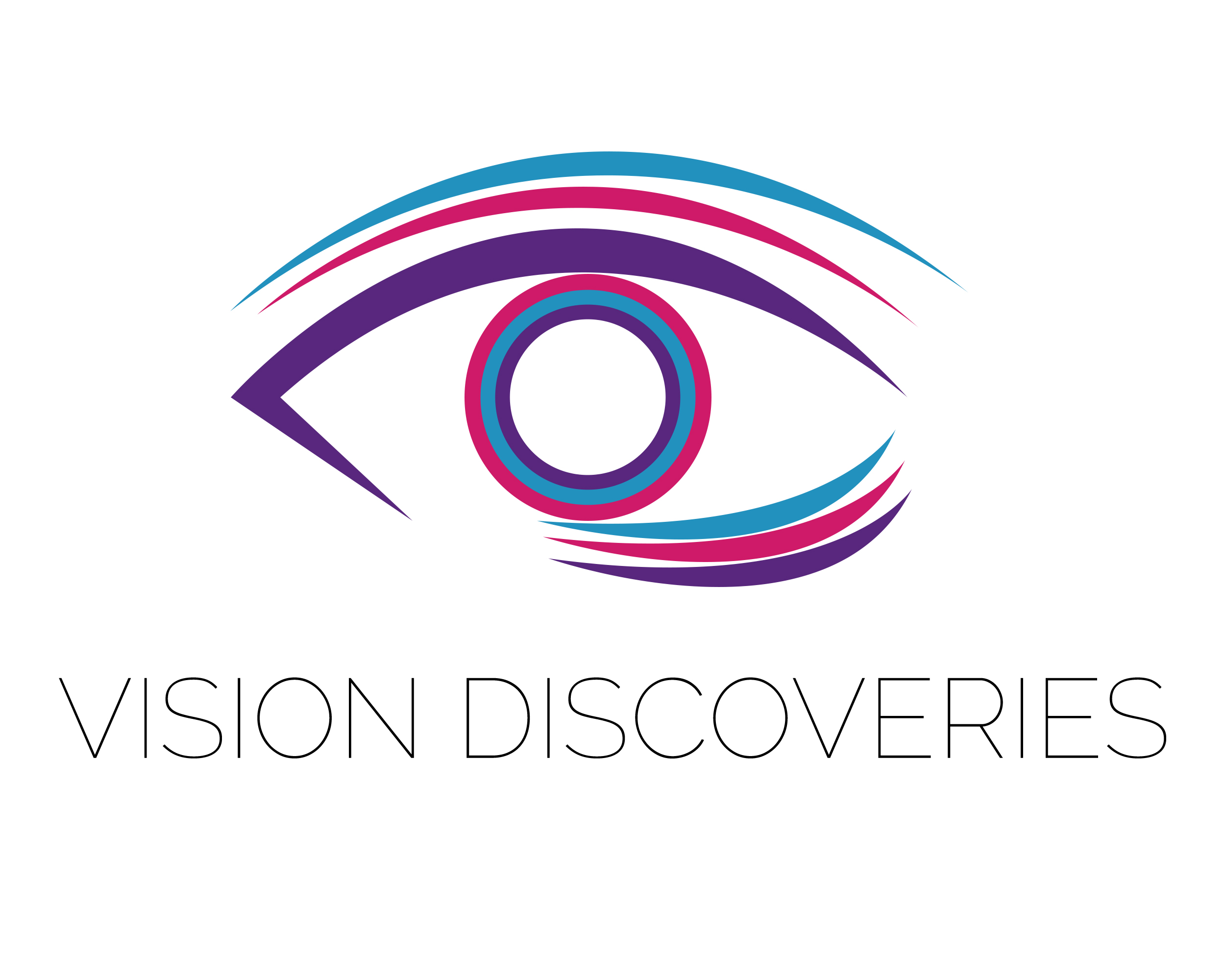
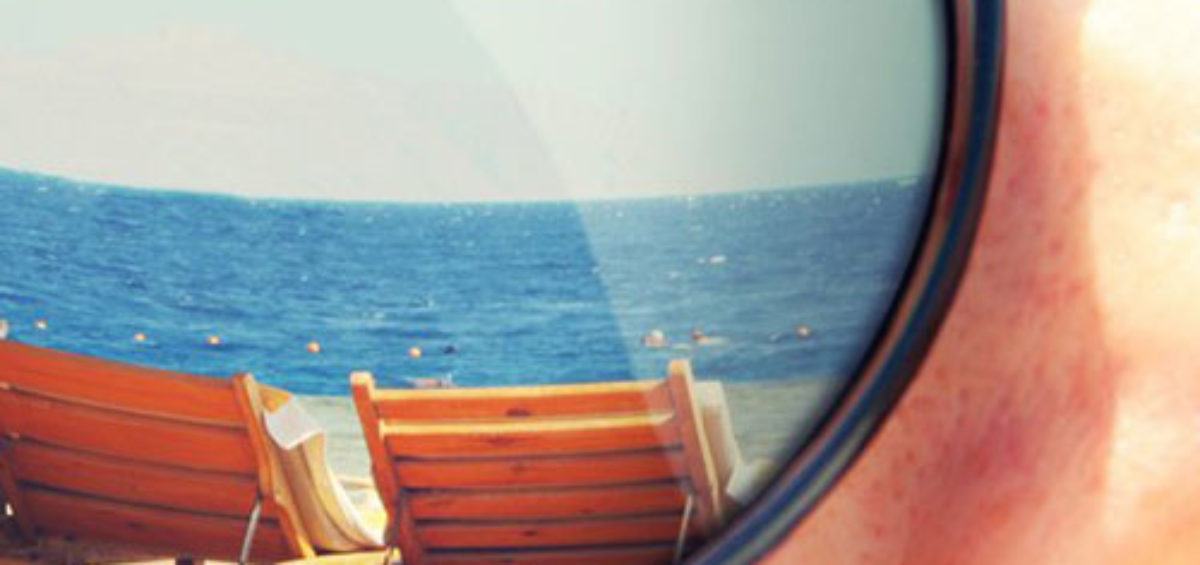

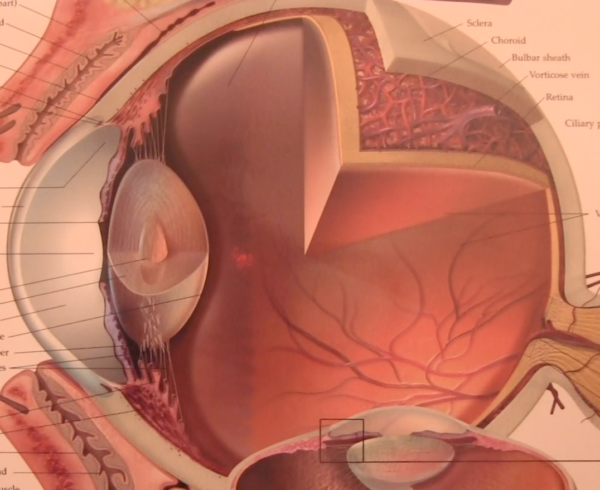
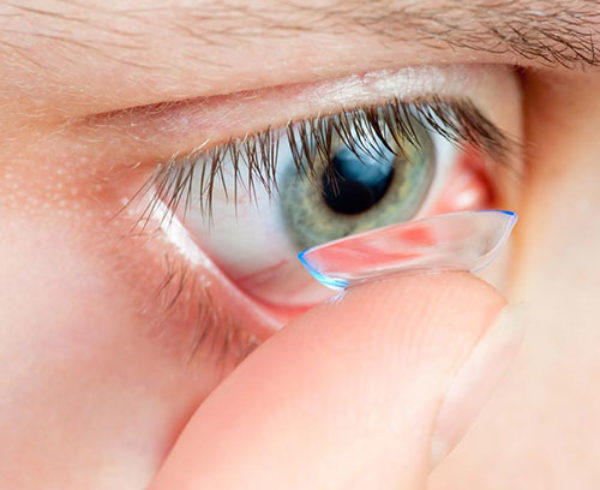
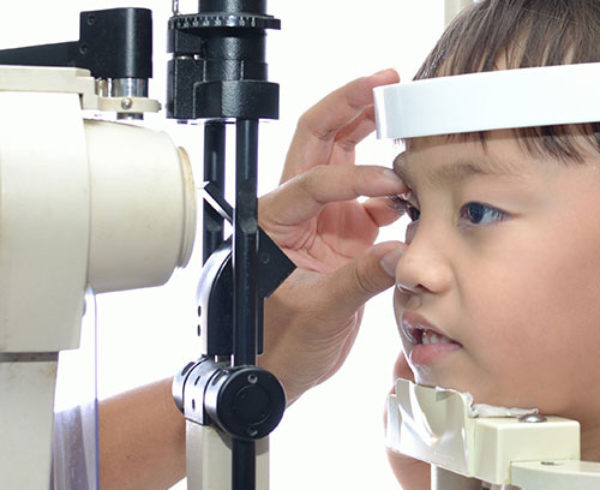

Leave a Comment